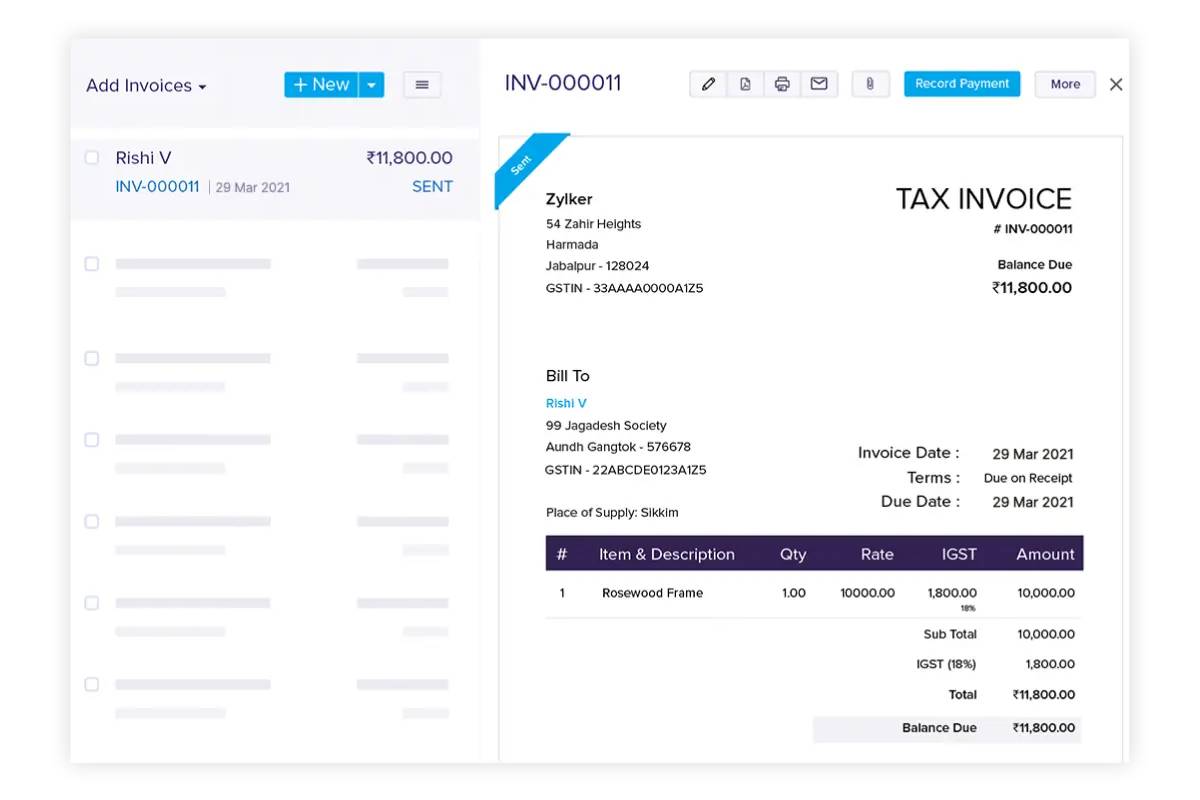
How to Set Up a Pension Plan for Freelancers
When you’re self-employed, planning for retirement might not be top of your to-do list—but it should be. Without an employer to arrange contributions or auto-enrol you in a workplace pension, your future financial comfort is entirely in your hands. That’s why setting up a self-employed pension is one of the smartest financial decisions you can make. In this guide, we’ll walk you through the full process of pension setup, tailored specifically for freelancers and sole traders.
Understanding the Basics of Self-Employed Pension Plans
Unlike employees, freelancers don’t get automatic pension contributions from employers. But that doesn’t mean you’re excluded from private pension schemes. In fact, you have several flexible and tax-efficient options.
What Is a Self-Employed Pension?
A self-employed pension is a personal savings plan designed to help you build a retirement fund. You make regular (or occasional) contributions, which are then invested and grow over time. When you retire, you can draw on these savings as income.
Why It Matters
- The UK State Pension is only £11,502 per year (2025/26)—barely enough to live on
- Contributions to a pension qualify for tax relief, increasing your savings
- Compound interest helps your money grow over time
Quick-Reference Checklist: How to Set Up a Freelance Pension
- Understand your retirement needs and income gap
- Research pension options suitable for the self-employed
- Choose a pension provider or platform
- Set up regular contributions (monthly, quarterly, or annually)
- Track investments and adjust based on risk appetite
- Claim your tax relief through Self-Assessment
Step-by-Step Guide: Setting Up a Pension for Freelancers

1. Estimate How Much You Need to Retire
Before setting up a pension, ask yourself:
- When do I want to retire?
- What kind of lifestyle do I expect?
- Will I have other income sources (e.g., property, investments)?
Use online retirement calculators to get a ballpark figure. A commonly suggested goal is to have 20–25 times your desired annual retirement income saved.
Example: Want £25,000 per year? You may need £500,000–£625,000 in retirement savings.
2. Explore Self-Employed Pension Options
a) Personal Pension Scheme
Set up directly with a provider (e.g., Scottish Widows, Aviva, Standard Life).
- You choose how much to contribute
- The provider manages the investments
- Suited to those wanting simplicity
b) Stakeholder Pension
Designed to be accessible and affordable, with capped charges.
- Low minimum contributions
- Flexible payment options
- Good for freelancers with fluctuating income
c) Self-Invested Personal Pension (SIPP)
Offers wider investment choices and more control.
- Choose funds, shares, ETFs
- Suited to financially savvy freelancers
- Often accessed via platforms like AJ Bell, Hargreaves Lansdown
3. Compare Pension Providers
Look at:
- Fees and charges: Annual fees, fund management costs
- Investment options: Do they match your risk tolerance?
- Ease of use: Mobile apps, dashboards, support
Pro Tip: Use comparison tools on sites like MoneyHelper or PensionBee to explore top-rated providers.
4. Set Up Your Contributions
You can pay in:
- Regular monthly contributions (e.g., £200/month)
- Lump sums (e.g., when you get paid from a big contract)
Even small amounts add up. For instance, £200/month over 25 years at 5% growth could give you over £100,000.
Important: Pension contributions are limited to £60,000 per year or 100% of your income (whichever is lower).
5. Claim Your Tax Relief
As a freelancer, you must claim tax relief manually:
- Your provider claims basic rate (20%) tax relief automatically
- If you’re a higher rate (40%) or additional rate (45%) taxpayer, claim extra relief through your Self-Assessment return
Example: You pay £800 into your pension. HMRC tops it up to £1,000. If you’re in the 40% band, you can claim an extra £200 via Self Assessment.
Pro Tips: Not reviewing annually: Adjust your contributions and fund choices as your income changes
Important: Don’t cash out early—you’ll lose valuable tax relief and gains
Common Pitfalls to Avoid

- Delaying setup: The sooner you start, the more time compound interest has to work
- Ignoring risk levels: Your investments should match your age and risk tolerance
Expert Advice:
- Automate payments to avoid skipping months
- Diversify investments to reduce risk
Best Practices for Long-Term Retirement Savings
- Start early: Even £50/month makes a difference
- Increase contributions gradually as income grows
- Use ISA savings to supplement your pension tax-free
- Track pension performance annually with your provider
- Consider a retirement plan that includes pensions, property, and investments for resilience
Bonus Tip: Use HMRC’s National Insurance record tool to check your State Pension eligibility.
Frequently Asked Questions (FAQs)
Q: Can I set up a pension if I’m newly self-employed?
A: Yes. You can start a pension at any time. Earlier is better.
Q: What’s the minimum contribution amount?
A: Some providers accept as little as £20/month. You choose what’s affordable.
Q: Can I pause contributions if my income drops?
A: Absolutely. Most plans allow you to stop or reduce payments temporarily.
Q: Is a pension better than a savings account?
A: Pensions offer tax relief and long-term growth but aren’t accessible until age 55 (rising to 57 in 2028).
Q: What happens if I miss a tax relief claim?
A: You can amend past tax returns within four years. Don’t delay.
Conclusion: Invest in Your Future Today

Setting up a self-employed pension isn’t just about retirement—it’s about peace of mind. Freelancers and sole traders don’t have workplace safety nets, so building your own retirement savings is vital.
With flexible plans, generous tax relief, and smart planning, you can secure your financial future without sacrificing your current lifestyle.
Ready to start? Take 30 minutes this week to explore pension platforms, set a contribution goal, and automate your first payment. Your future self will thank you.


